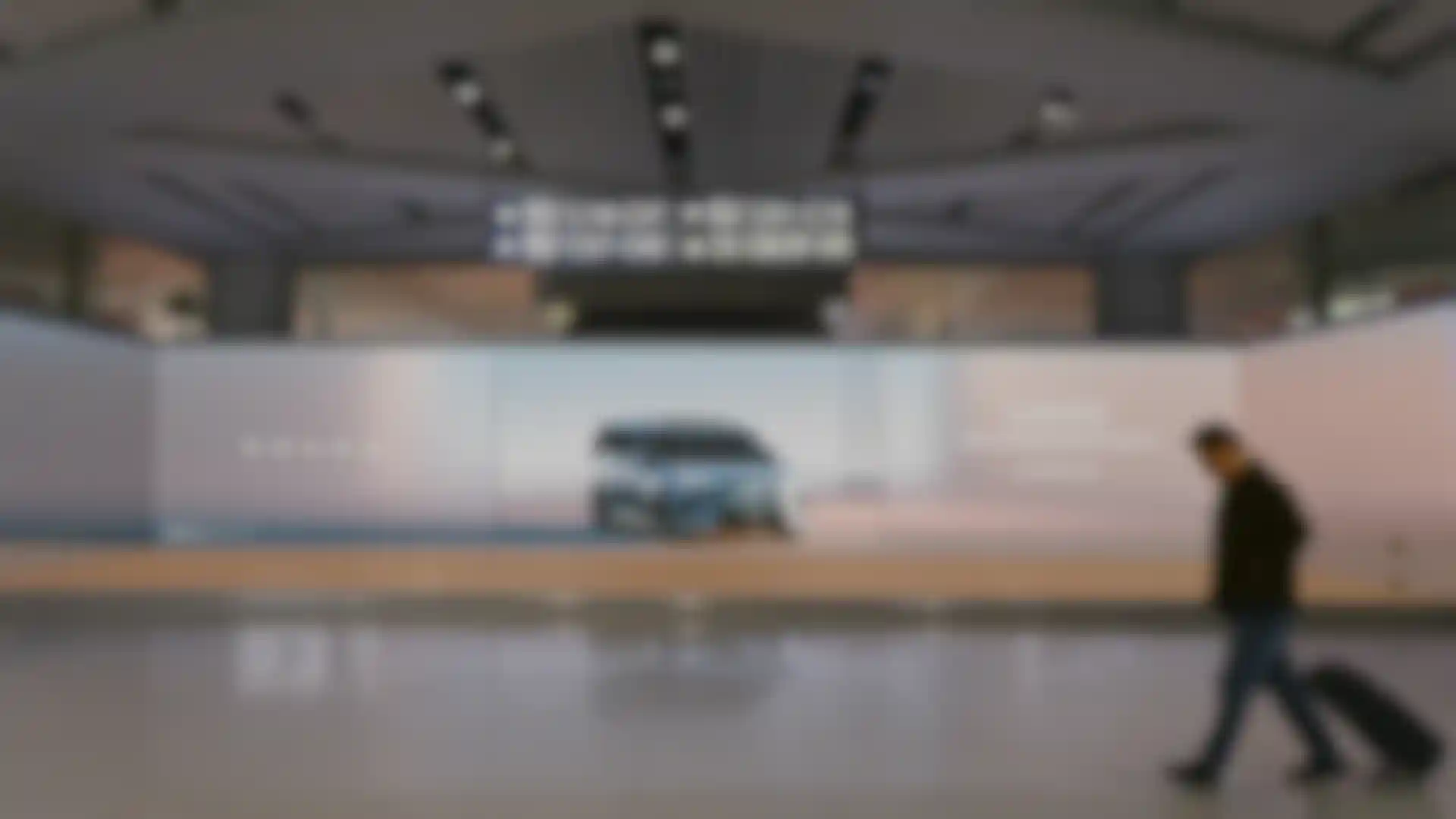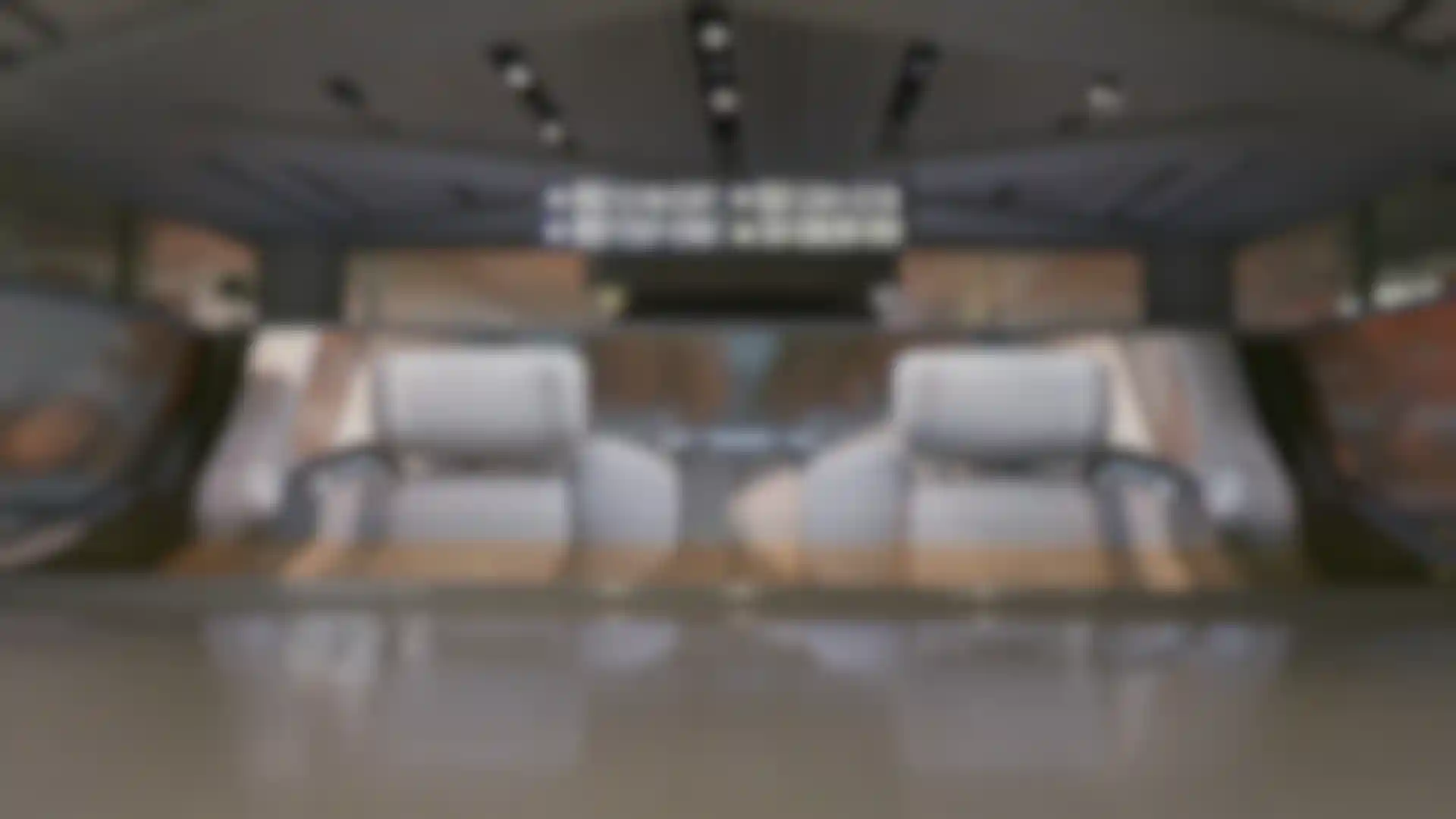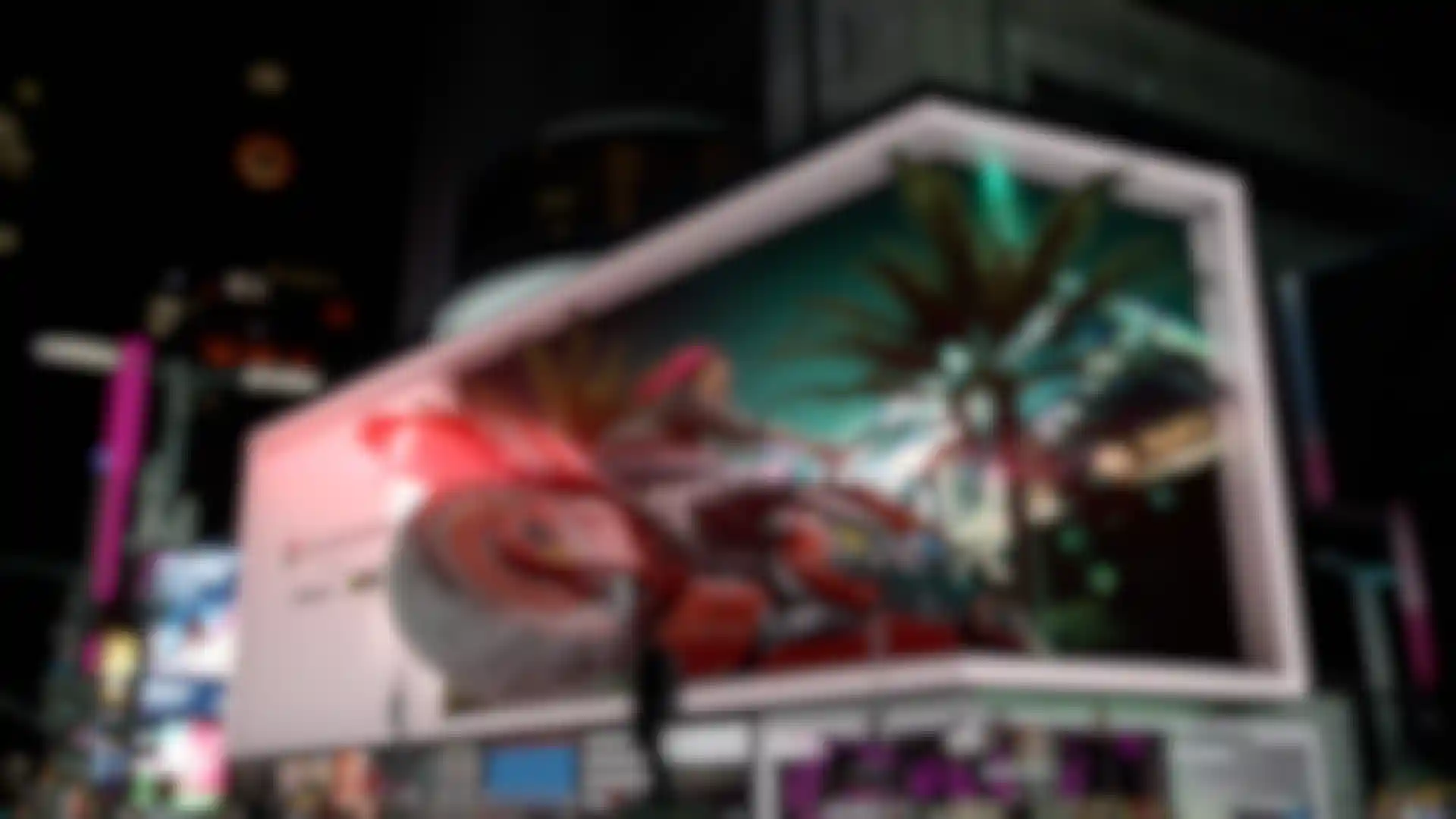
Creating 3D Anamorphic Billboards With Maxon One Territory explains the digital billboards they created for Volvo and Google that stop people in their tracks.
Territory Studio is known for creating motion design, visual effects and digital experiences for clients in the entertainment, culture, commercial and technology sectors. Recently, Volvo hired the studio to create a fully digital, anamorphic, out-of-home (OOH) 3D billboard experience to promote the new Volvo EM90.
Using Cinema 4D, Redshift, and other tools, Territory’s team created site-specific 3D billboard experiences to position the EM90 as a luxurious, electric, multipurpose vehicle that provides a "comfortable living room experience” with a spacious smart cabin. The campaign was showcased primarily at two locations, Beijing Capital International Airport, as well as Volvo’s downtown store in Shanghai.
Territory Creative Director Nils Kloth says Beijing’s international airport used one enormous screen to showcase the impressive OOH content the studio created. “We rendered the airport’s billboard at over 16K resolution, so that’s 700 MB a frame at 60 frames per second and we are seeing more and more requests for large digital OOH experiences from brands like this on a global level.”
High-resolution is imperative for OOH projects like these, says Territory Senior 3D Artist Justin Molush, because you need to overscan and compensate for unwrapping and stretching to guarantee a compelling 3D effect. “We always need to consider how the footage is projected across the whole space, to the corners and the sides of each screen to maintain sharpness at the furthest points.”
The result is an unforgettable experience that has been key for driving engagement, recall and brand success by leveraging the power of 3D visuals to capture consumers’ attention.
Stopping People in Their Tracks
Territory is passionate about creating worlds that take viewers where they've never been before,” says Josh Thorpe, senior 3D designer. “And it’s been incredibly rewarding for us to see iconic city locations around the world transformed into environments that stop people in their tracks when they see such unique and effective visuals.”
Territory worked with Swedish agency Stendahls on the Volvo campaign. The brief was to convey the essence of a fully electric living room on wheels, a luxury vehicle allowing more comfort on the road. “The EM90 is designed for living, so the agency wanted us to show how it helps make life easier by saving time and stress while enabling joy and peace of mind,” Kloth recalls.
One of the keys to creating effective 3D billboards is ensuring that the 3D experience is exactly as envisioned in the studio. Kloth explains: “For exterior content the analysis of lighting and integration is crucial as is the viewing angle. Virtual testing and pre-viz mock-ups are integral to understanding their impact on site in terms of sizing, repetition, and the impact of textures. We need to view designs and animations at full scale, and we also use our screening room when necessary to project the work at 100 percent scale and resolution.”
“We rendered at over 16K resolution to accommodate the enormous 400 square foot airport billboard, which came in at 700 MB a frame at 60fps,” explains Kloth. “When you’re working with that much data you suddenly miss the ease of handling 4K files, and we are seeing more and more requests for large digital OOH experiences from brands like this on a global level.”
Breaking the Visual Plane
Molush recently wrapped another OOH project that featured a compelling 3D billboard experience for Google Chromebook that screened in Time Square. Understanding the location from a creative perspective is vital, he says. “When we build for 3D billboards, we have to lock in the best viewing angle and reconstruct the street structure, immediately assuming a position that is the best perspective on site.”
The team runs live tests on location to understand where to focus attention and calibrate correctly for an ideal viewing experience, continues Molush. That means the eye line is placed at the height it would be when viewed by someone around five feet four inches tall. Once that angle is locked in, artists are in sync to build, render and project everything from that one perspective.
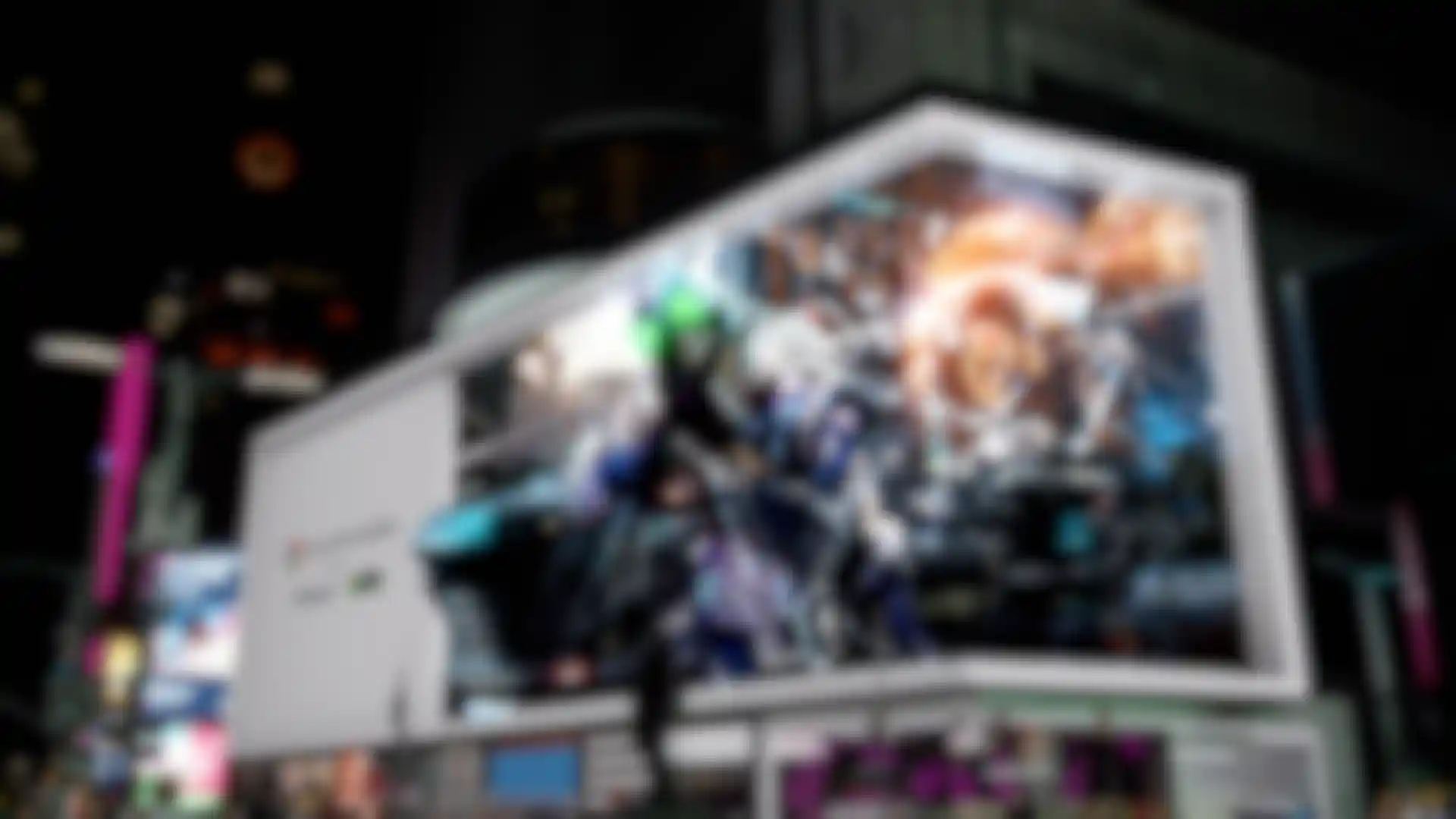
Building 3D Effects Artistically
There’s an art to creating effective 3D billboards. “You need to shoot for a target, find the best perspective to work from, and provide the most amount of visual embellishment, distortion and depth that can be appreciated from a locked-off position,” Molush explains.
There is also a lot of pushing and trickery involved, essentially composite trickery where objects fly back and forth, but it is all contained in 2D, he continues. “You keep the effects constrained within the environment, acknowledging the perspective and pushing the bounds of what that perspective allows, so you essentially cheat for elaborate effect.”
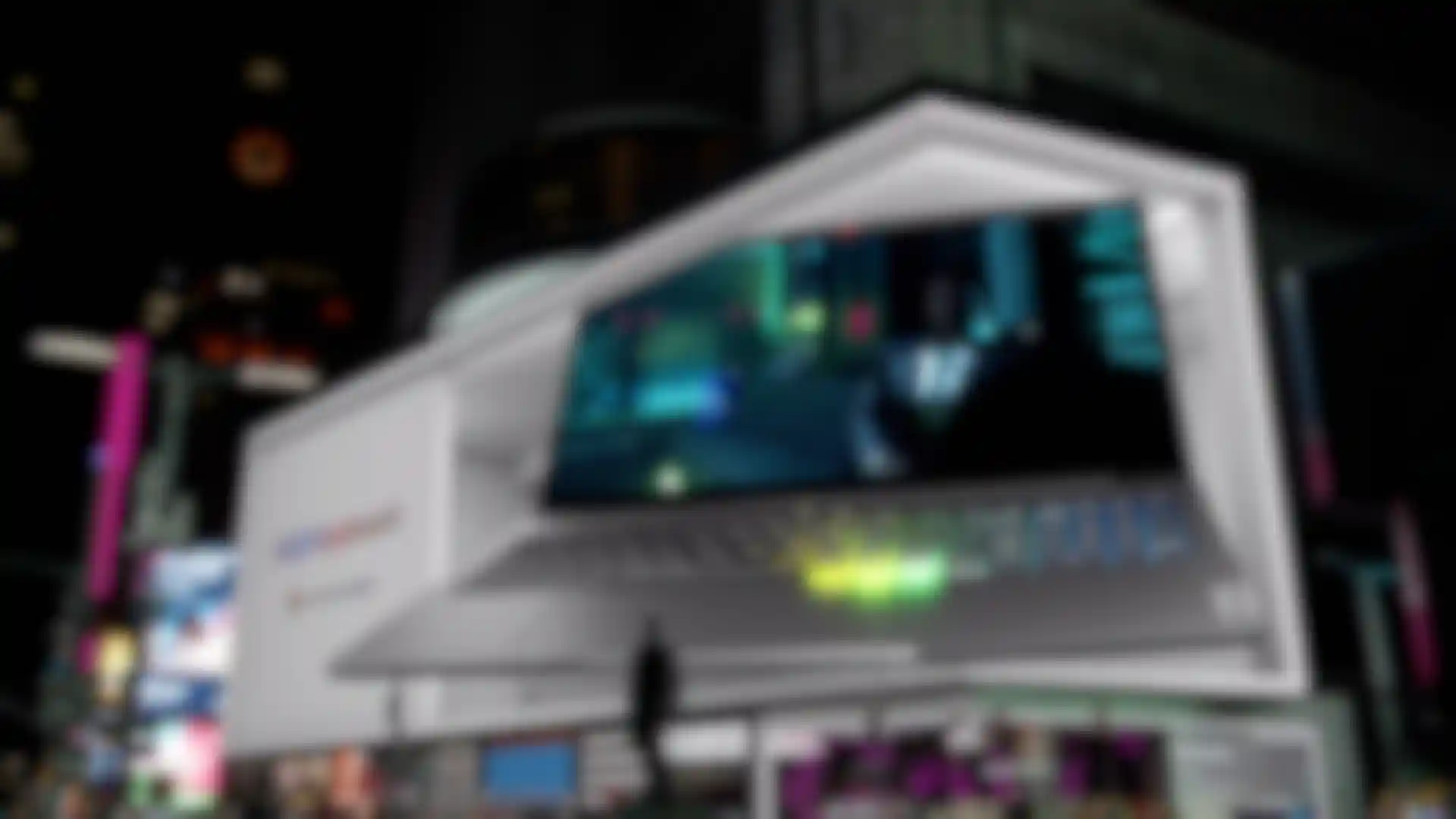
With brands moving away from traditional billboards into vibrant, hi-res 3D screens, Molush says Territory sees Cinema 4D as “a one-stop shop” for projects like this. He also appreciates how Redshift allows the team to see things immediately, alleviating stress during the creative process and making it possible to control robust and intricate work that is handled extremely well.
Simon Wakelin is a British photojournalist
working in film and advertising in Los Angeles, California.


